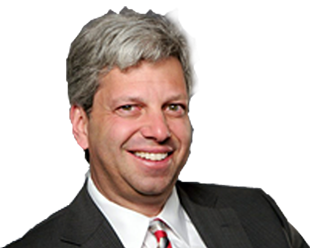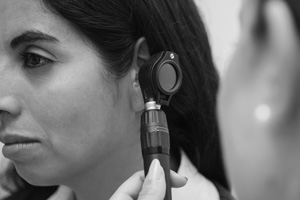View the complete list of conditions
Nasal Concha
Also referred to as nasal turbinate, a nasal concha is a long, narrow, curling bone shelf that protrudes into the breathing passage of the nose. The concha divides the nasal airway into four groove-like air passages. They are responsible for forcing inhaled air to flow in a steady, regular pattern around a large surface of cilia and climate-controlling tissue.
Rapid dilation of circulation in the area can lead to sharp increases in pressure relating to cooling of the body’s core. This pain is often referred to as "brain freeze."
Turbinate hypertrophy is the enlargement of the turbinates due to chronic, untreated allergies leading to symptoms of airway obstruction. In many cases, people with turbinate hypertrophy will no longer be able to breathe through one or both sides of their nose. Prolonged nasal congestion and difficulty breathing through the nose, along with pain in the mid face, pressure in the forehead, and rhinorrhea (nasal cavities becoming filled with a significant amount of mucus fluid).
The function of turbinates is functional respiration. They make up most of the mucosal tissue of the nose, and are enriched with airflow pressure and temperature sensing nerve receptors. They are also responsible for filtering, heating and humidifying air inhaled through the nose. They also play a serious role in immunological defense of the body.
The importance of nasal concha is why turbinate reduction and concha surgery are so necessary, and there are different forms of these procedures. One of the few risks associated with nasal turbinate surgery is empty nose syndrome, though it is very rare. The condition describes a nose that has been physiologically crippled by excessive surgical removal of turbinates. Patients who have the syndrome often report poor nasal breathing, and often a relentless sensation of suffocation or shortness of breath.
Nasal turbinate surgery includes somnoplasty, which is a medical treatment to treat habitual snoring, chronic nasal obstruction, and obstructive sleep apnea. This form of turbinate reduction uses radiofrequency ablation to shrink the turbinate. NYC doctors can do these types of concha surgery, Upper West Side to downtown, and are fast, which is convenient for New York locals.
Other forms of nasal turbinate surgery include heat reduction and sectioning of the turbinate. NYC residents, who live in an environment with lots of pollen and humidity, are often victims of continuing nasal congestion due to allergies and may benefit from concha surgery. Upper West Side residents and other New Yorkers alike should be aware and well informed about turbinate reduction so they can breathe a little easier.
Conditions
Ears
Nose
- Ballon Sinusplasty Surgery
- Concha
- Deviated Septum Relief In NYC
- Deviated Septums
- Fixing a Deviated Septum
- Identifying A Deviated Septum
- How Do I Know if My Nose is Broken?
- Nasal Polyps
- Nasal Polyp Surgery
- Nasal Septums
- NYC Nasal Polyp Reduction
- Septoplasty And Turbinate Surgery
- Treating a Deviated Septum
- Treating Nasal Polyps
- Turbinate Reduction
Throat
- Dysphagia
- Leukoplakia Treatments
- Reflux Laryngitis
- Swallowing Disorders
- Treating Anosmia
- Vocal Disorders
Allergies & Asthma
- Dealing With Allergic Rhinitis
- Managing Allergies and Asthma
- How to Allergy-Proof Your Home from Indoor Allergens
Sinus
- Chronic Sinusitis Treatment
- Endoscopic Sinus Surgeries
- Sinus Headache Cure
- Sinus Infection Treatment
- Sinusitis Surgery
- Treating Sinus Infections
Sleep & Snoring
- Diagnosing Sleep Disorders
- Having Trouble Sleeping
- Home Sleep Studies
- Pillar Implants
- Pillar Treatment for Snoring
- Sleep Apnea Conditions
- Sleep Apnea Specialists
- Sleepless in NYC
- Sleep Study Diagnosis
- Can Snoring Cause Health Issues?
- Treating Sleep Apnea
- Treating Snoring
- What is a CPAP Device?





